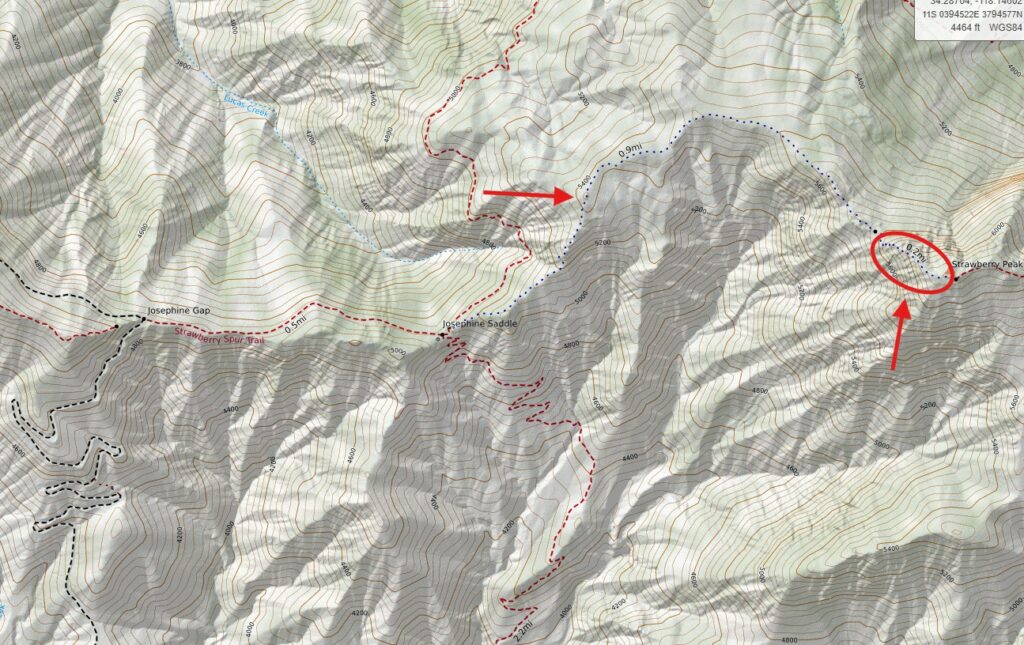The Importance of Using Multiple Sources for Hike Preparation!
In today’s digital age, many hikers rely heavily on apps to plan their adventures. While these apps can be incredibly useful, it’s essential to cross-reference multiple sources to ensure you are fully prepared for your hike. Our recent mission on the Mountaineer’s Route of Strawberry Peak highlights the necessity of thorough research and preparation.
During our trek, we encountered two hikers who were planning to summit Strawberry Peak. Engaging in friendly small talk, we learned about their destination. However, when we asked if they had the proper equipment for the Class 3 rock scramble, they were surprised. They had no idea there was rock climbing involved and assumed the route was a well-marked trail.

With this crucial new information, they wisely decided to turn around, avoiding a potentially dangerous situation. This incident underscores the importance of not relying on a single source of information. Here’s why:
1. **Accuracy and Completeness**: Different sources can provide varying details about a trail, including its difficulty, terrain, and necessary equipment. One app might miss critical updates or changes in the trail conditions.
2. **Safety**: Knowing the full extent of a hike’s challenges can help you prepare adequately. This includes packing the right gear, knowing emergency exit routes, and understanding weather conditions specific to the trail.
3. **Route Variations**: Some trails have multiple routes with varying difficulties. Using multiple sources can help you identify the best path for your skill level and preferences.
4. **Community Insights**: Websites, forums, and local hiking groups often share real-time experiences and tips that can be invaluable. These community insights can provide up-to-date information on trail conditions, wildlife sightings, and other hikers’ experiences.
5. **Map Accuracy**: Maps from different sources might show different features or levels of detail. Comparing maps can give you a more comprehensive understanding of the area.
To ensure a safe and enjoyable hike, consider these steps:
– **Cross-Reference Apps and Websites**: Use popular hiking apps and check websites.
– **Consult Guidebooks**: Traditional guidebooks can offer detailed descriptions and historical context that apps may not provide.
– **Join Hiking Groups**: Engage with local hiking communities online or in person to get first-hand advice and updates.
– **Check Official Sources**: Look at national park websites, forest service updates, and official trailhead information for the most accurate and recent updates.
By diversifying your sources of information, you can ensure a more comprehensive understanding of your hike, leading to a safer and more enjoyable adventure. Remember, preparation is key to a successful hike, and that means doing your homework from multiple reliable sources. Safe hiking!

Want to learn more about our all Volunteer team? Click here.